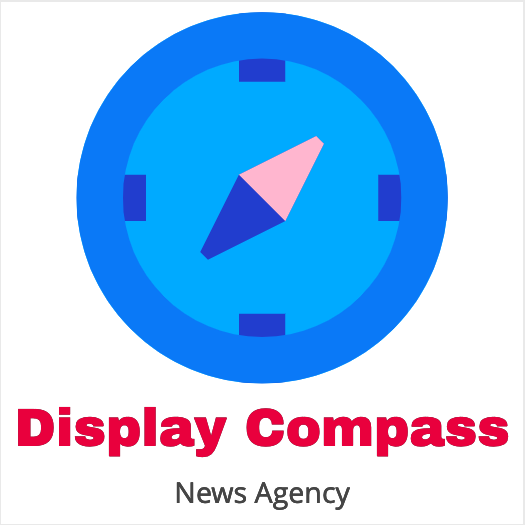What constitutes acquired website traffic?
Purchased internet traffic denotes users that arrive at your site via paid advertisements instead of organic discovery. This can originate from strategies such as pay-per-click (PPC) advertisements, sponsored content, social media marketing, influencer initiatives, or direct traffic acquisitions from specialist vendors.
The primary benefit of purchasing traffic is expediency; effects may be observed within hours. However, it is essential to note that the caliber of visitors might fluctuate significantly based on the platform used, the targeting strategy employed, and the allocated budget.
Reasons Businesses opt to Purchase Traffic
Numerous factors compel organizations and enterprises to allocate resources towards bought traffic.
Instant Outcomes — Paid advertisements provide immediate visibility, as contrast to SEO, which requires time to get rankings.
Precise Targeting — You may access certain demographics, hobbies, and geographical regions.
Scalable Campaigns – Adjust traffic volume based on performance metrics and budgetary constraints.
Augmented Brand Visibility — Even if a visitor does not convert immediately, they become acquainted with your brand for prospective interaction.
Prevalent Categories of Compensated Website Traffic
Selecting the appropriate traffic kind is contingent upon your specialty, target audience, and company objectives. Prevalent alternatives comprise:
PPC Advertising – Search engine systems such as Google Ads or Bing Ads allow users to compete for premier search result placements.
Social media advertisements on Facebook, Instagram, LinkedIn, TikTok, and X (formerly Twitter) provide accurate targeting capabilities.
Display and Banner Advertisements — Striking graphics positioned on websites with substantial traffic.
Native Advertising – Advertisements that seamlessly integrate with the content of the hosting platform.
Influencer Marketing – Utilizing an influencer’s audience to generate targeted traffic.
Traffic Vendors — Direct acquisition of visitors from suppliers (necessitates vigilance to prevent low-quality or fraudulent traffic).
Procedures for Successfully Acquiring Traffic
Engaging in sponsored traffic without adequate preparation may result in squandered resources. Here is a strategic approach to the matter:
Define Your Objective — Clearly articulate your aim, whether it pertains to sales, leads, or brand recognition.
Comprehend Your Audience – Investigate the web platforms frequented by your prospective buyers.
Establish a Pragmatic Budget — Determine your expenditure capacity and allocate it among campaigns.
Choose Dependable Providers – Adhere to reputable platforms and firms with positive reviews.
Monitor and Optimize — Assess clicks, conversions, and engagement, subsequently enhance your efforts.
Preventing Deceptive or Inferior Traffic
Not every paid traffic justifies the expenditure. Inexpensive deals that attract thousands of visitors frequently originate from bots or untargeted people that lack engagement. This type of traffic can compromise your statistics, exacerbate bounce rates, and tarnish your brand. To circumvent such pitfalls:
Authenticate the Source — Confirm that visits originate from credible websites or advertising networks.
Assess Engagement — Minimal time spent on site and elevated bounce rates indicate subpar traffic quality.
Refrain from Making Implausible Promises – If it appears excessively favorable, it is often not genuine.
Prioritize Relevance – Engaging visitors who are really interested in your material are far more valuable than a large but irrelevant audience.
Assessing the Impact
To ascertain the efficacy of your sponsored traffic expenditure, monitor outcomes utilizing technologies such as Google Analytics. Key metrics encompass:
Conversion Rate — The proportion of visitors that fulfill your intended activity.
Bounce Rate — The speed at which individuals exit after seeing a single page.
Average Session Duration – The length of time visitors remain engaged.
Cost Per Acquisition (CPA) — The expenditure incurred to acquire each new client.
Consistent analysis enables the optimization of your campaigns for enhanced returns.
Conclusion
Acquiring internet traffic may be a strategic decision for organizations aiming for rapid expansion; nevertheless, success relies on effectively targeting the appropriate audience and steering clear of inferior sources. With a definitive strategy, reliable suppliers, and continuous optimization, purchased traffic may convert into loyal customers and facilitate sustained growth.

